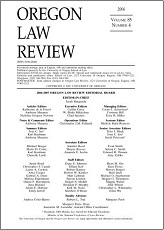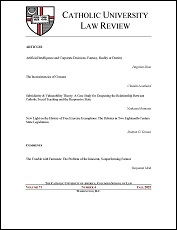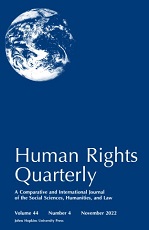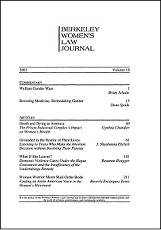Rebecca J Cook, Bernard M Dickens
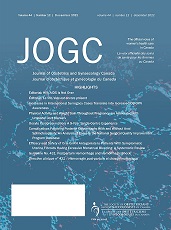
Abstract
The merits of non-prescription distribution of levonorgestrel as emergency contraception (EC), which is effective within 72 hours of unprotected intercourse, are contentious. The advantage of promptness and convenience of access may be offset by the absence of medical counselling. Opposition to EC based on the possibility of the drug acting after fertilization but before implantation departs from standard medical criteria of pregnancy. Physicians who propose to apply non-medical criteria, and use religious objections to abortion to deny prescription of EC, must publicize their opposition in advance, so that women may seek assistance elsewhere. When objecting practitioners, or facilities, become responsible for women for whom EC is indicated, such as rape victims, they are bound ethically and legally to refer them to reasonably accessible non-objecting sources of care.
Cook RJ, Dickens BM. Access to emergency contraception. J Ob Gyn Canada. 2003 Nov;25(11):914-916.
